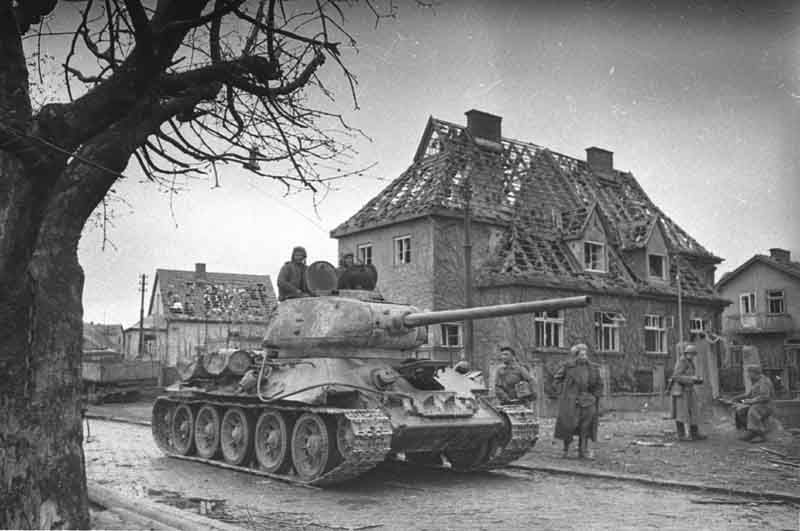
According to military historian Harry Yeide, Patton’s style of commanding comes close to the German concept of Auftragstaktik, or mission-type orders: In German, whereas ein Befehl is a direct order, eine Direktive, a directive, is something broader and less detailed, where the commander states what he wants to achieve but leaves it up to his men how to go about it. Patton was also a keen student of translated German military literature, such as the World War I memoirs of Hans von Seeckt, the chief of staff of the German 11th Army, and Adolf von Schell’s Battle Leadership. Patton saw tanks as upgraded cavalry, infinitely more powerful, whose deep penetrations could collapse enemy lines. His favored approach was the oblique one: Hold them by the nose and kick them in the rear, which in more polite textbook terms translates into pinning the enemy while the tanks attack his flanks. To Patton, war meant destroying the enemy’s main force, not clinging to territory.

This he did by sending out his staff officers to the front line units. Like Field Marshal Erich von Manstein, Germany’s most skillful World War II commander, Patton would also carefully monitor performance.


 0 kommentar(er)
0 kommentar(er)
